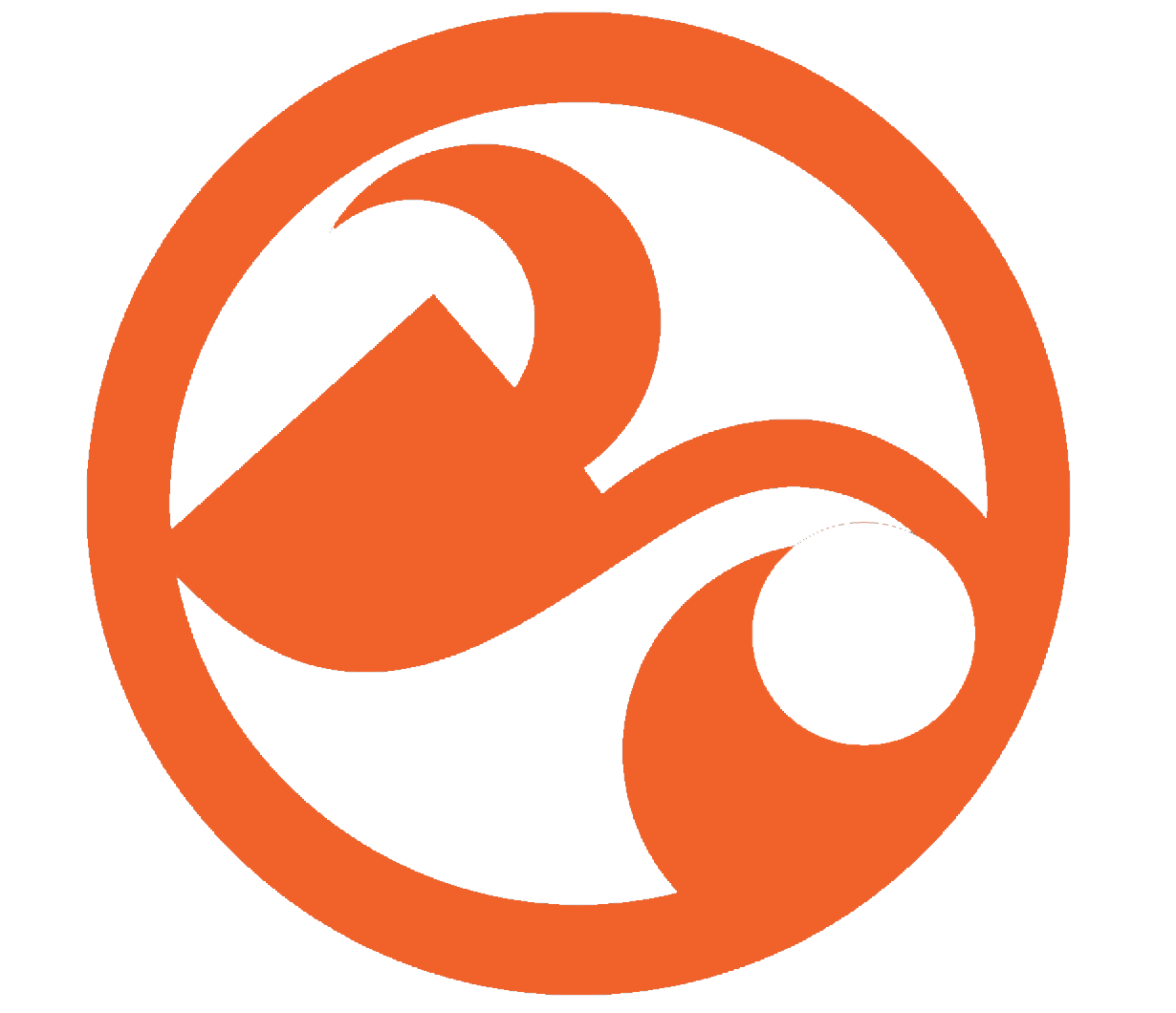Frequently asked questions
What is Rock On Clay?
Rock On glacial marine clay is hand harvested from a remote region of coastal British Columbia beneath a live and active glacier. Over time, the erosion and glacial run off carry vast deposits of precious minerals down river to settle in the estuaries along the Coastal Region of British Columbia. Throughout the journey the minerals are energized through the process of hydrolysis which creates a negative electrical charge. It is this negative charge along with the essential nutrients that gives this particular clay its powerful natural healing properties.
How is it formed?
The glacial marine clay in Rock On is a product of erosion caused by the movement and melting of glaciers. The eroded minerals and elements make their way into the streams and rivers created by the glaciers and the very fine particles are suspended in the water and carried downstream until they reach the ocean. These particles are what cause the color of the water in the area of glaciers to be bluish-green in color. Once exiting the faster flowing water of the rivers and streams, most of these particles will be deposited into the inlets and along the shorelines. The heavier particles will settle in the faster moving current of the streams, only leaving the lighter mineral-rich material to flow into the inlets. Once settled outside the streams and in the ocean over time, these particles will form a deposit and become a very dense and hard-packed layer that is harvested (when the tides permit) in the shallower water. This hard-packed layer will not allow vegetation to grow within it or any crustaceans to survive in it. Therefore, no habitat is being affected by harvesting the clay. However, phytoplankton, which are miniscule free floating plant material, are found in abundance within our clay deposits. This phytoplankton enriches the clay and is very beneficial. Non-marine glacial clay deposits do not benefit from daily phytoplankton replenishment/enrichment and nor do glacial marine clay deposits that are being harvested from ancient sea beds that no longer exist.
Why is it unique?
Rock On Clay is glacial marine clay found along the coastal waters of the Pacific Ocean and is submerged and replenished daily with the coming and going of tides. Not all active marine clay is accessible. Our clay is unique in its remote location(s) and exceptionally low heavy metal counts that meet all government regulations. In contrast to glacial marine clay, glacial clay is clay formed in the same manner however the particles have settled in areas of streams, rivers, and lakes before reaching the sea, not having contact with any marine nutrients. Glacial marine clay can only be a superior product if the region of erosion can supply large amounts of minerals and elements that are required for good health and well being. The deposits Rock On specifically selected have large amounts of these key ingredients making it one of the purest and most highly enriched clays available on the market today.
How does it work?
Positively charged bacteria is attracted to the negative ion charge of our clay which helps with deep cleansing and detoxification.
What else is it used for?
Rock On Clay has also been found to help with inflammation and reducing the effects of burns, cuts, stings, nettles, insect bites, and hot spots on pets. colonics, chelation (for heavy metals and radiation), detoxification, and stomach disorders clearing acne, removing dead skin cells, reducing fine lines and wrinkles, reducing the signs of eczema and rosacea (along with other common skin disorders), and improving circulation.

